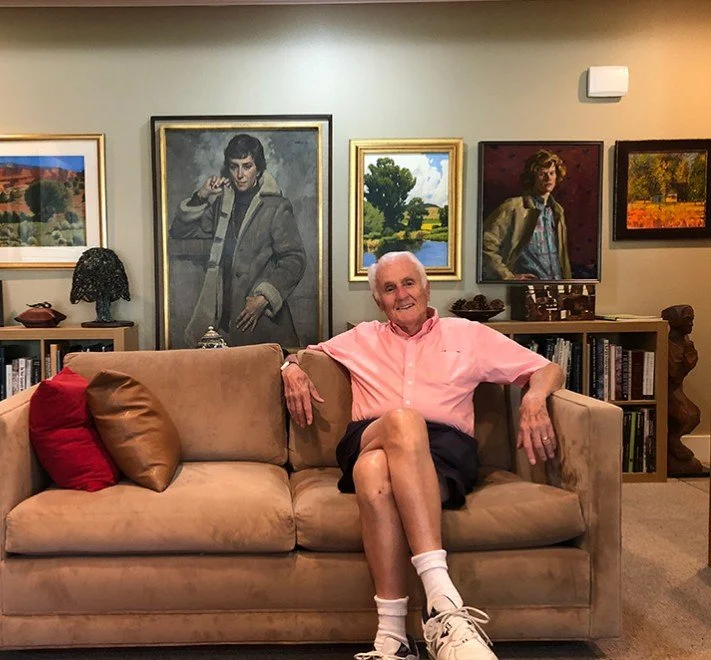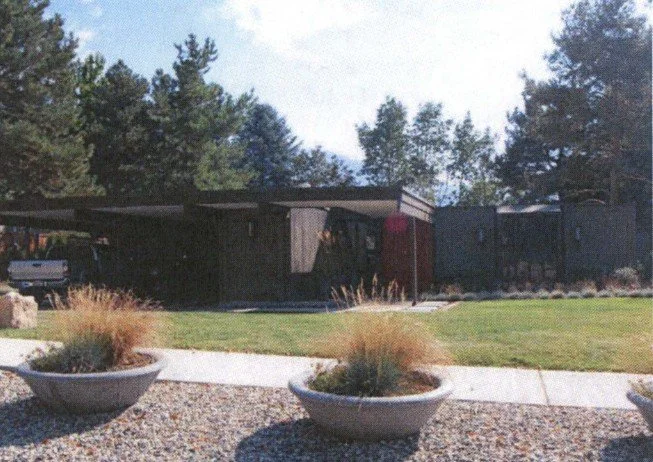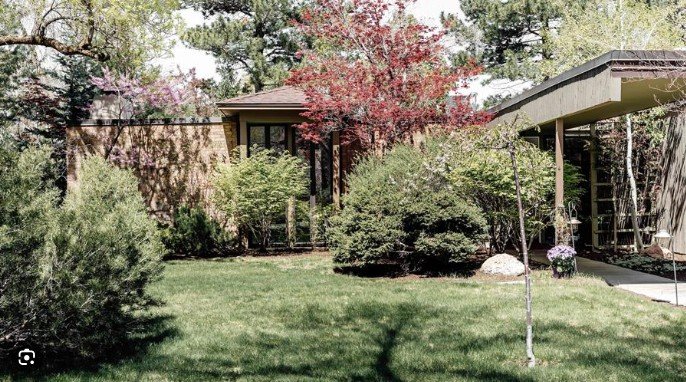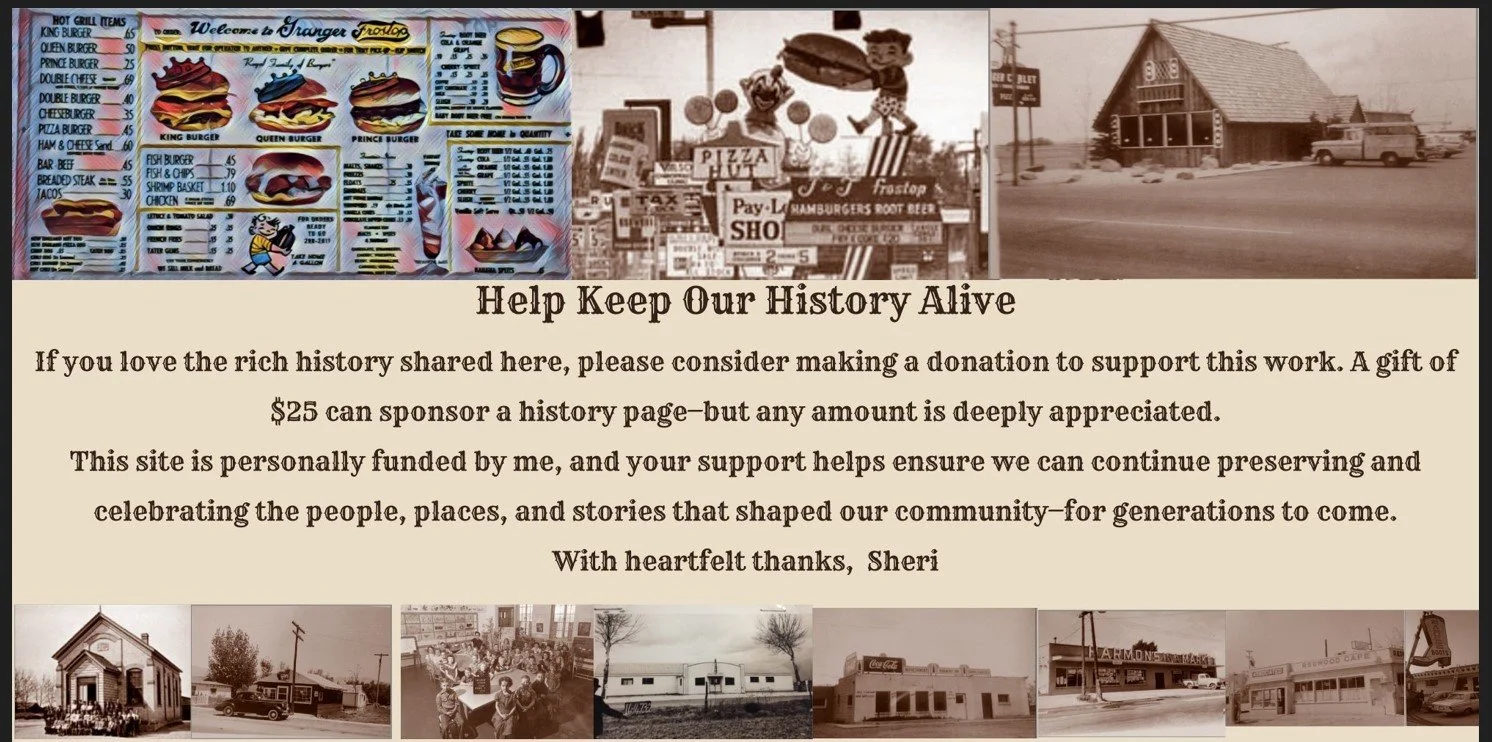Ronald L. Molen: Architect of Modern Utah
Ronald L. Molen: Designing Communities of Beauty and Purpose
Ronald Molen was a man whose creative vision reshaped the way Utahns lived, worked, and gathered. Born and educated in Indiana, he attended Indiana University before moving west to study at the University of Utah, graduating in 1958. His architect’s license soon followed—first in Idaho in 1964 and then in Utah in 1966.
After several years designing under the guidance of architect Glen Ashton Lloyd, Molen established his own firm in 1964. From that office, he went on to design hundreds of buildings across Utah, Idaho, Colorado, Virginia, Maryland, and California. His residential projects, including Westshire and Village II, drew national attention and were featured in Family Circle, Sunset, and Better Homes & Gardens.
Molen believed that good design should blend the warmth of tradition with the innovation of modern living. His homes were distinguished by their natural materials, careful scale, and harmony with the surrounding landscape. Inspired by Frank Lloyd Wright’s ideals of openness and connection, Molen created spaces that felt both expansive and intimate—homes that, as he once said, offered “a vital, imaginative, productive environment… a place for creative family living.”
He rejected the impersonal feel of mass-produced developments, preferring wood and brick over vinyl or aluminum. Working often with his colleague Vern Hardman of Research Homes, Molen strove to make good design accessible and affordable to all Americans.
His commercial and institutional works were equally notable. Among his designs in Salt Lake City are the Salt Lake Hilton Hotel (originally the Sheraton), the State of Utah Board of Education Building, Envirowest Office Building, Many Plaza, and American Plaza. His architectural style—marked by strong brick façades, ribbons of windows, rounded corners, and arched entries—gave these structures a timeless strength and character that endure today.
Beyond his architectural achievements, Molen also contributed to the community. He served on the Board of the Utah Chapter of the American Institute of Architects and the State Institute of Fine Arts. His body of work spanned residential, commercial, industrial, and educational design, and for more than 25 years, every project that left his office bore his personal touch.
Upon his retirement in 1990, Ron Molen continued to create—this time with words and paint. He authored several novels, including My New Life, The Bishop, Four and Counting, The Bridge, and The Campaign, along with an earlier work, House, Plus Environment (1974), which captured his philosophy of designing “communities of excellence.” He also helped found the Gun Violence Prevention Center of Utah, extending his legacy of care for people and place beyond architecture.
In his later years, Molen turned to painting, capturing the beauty of Utah’s natural landscapes with the same sense of balance and reverence that defined his architecture. From his first subdivision sketches to his final brushstrokes, Ron Molen’s life was a continuous study in how design—thoughtful, human, and enduring—can shape not only our buildings but our communities.




